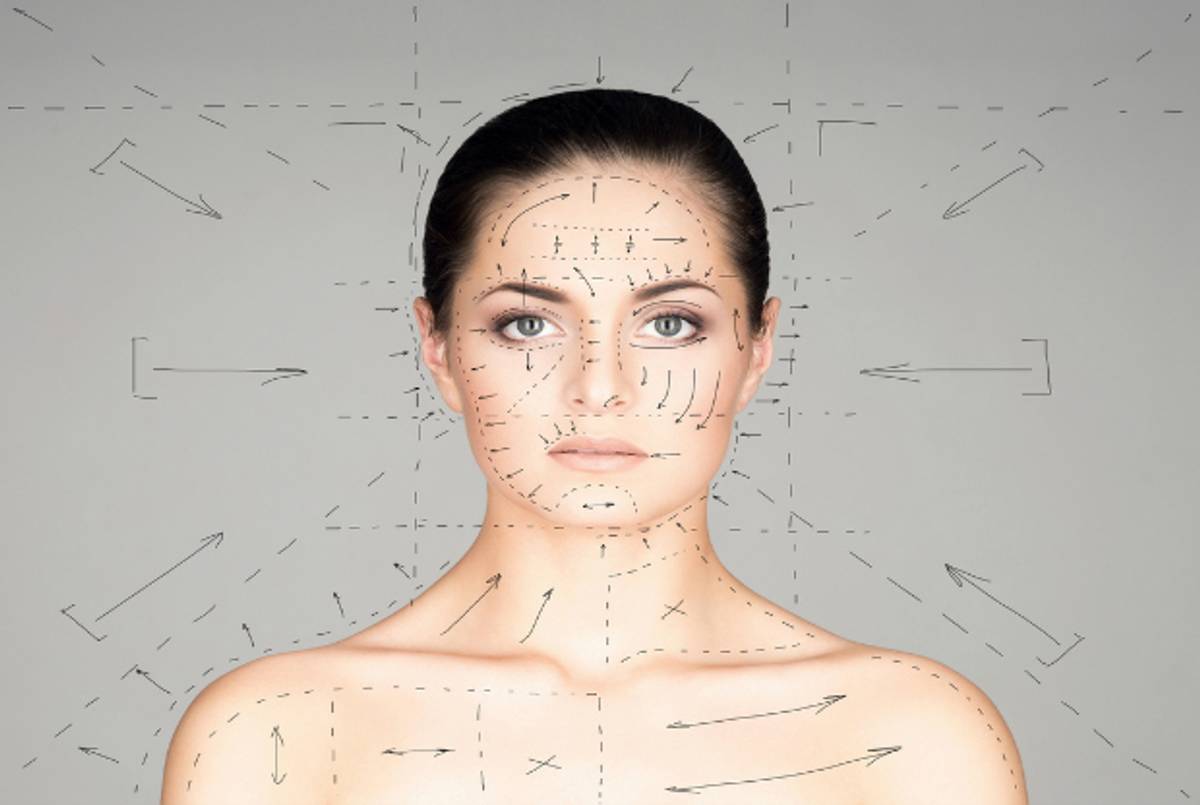
I’ve tried to stay away from plastic surgery reality shows over the years. I’m not squeamish about the bloody stuff, or the inevitable moment when the surgeon either shoves in or pulls out a quivering, organ-like bag of silicon from a gaping hole of mangled human flesh (actually, I kind of like that part). But I’m not a fan of the homogenized brand of beauty these shows tend to peddle, or the way the a female patient, unencumbered by price tags (all expenses being taken care of by the production company, naturally) winds up signing up for way more than she came in for. Hate that bump on your nose? It’ll look so much better if you also get a chin implant, and then some big plump cheeks to even that out… And you could really use an eyebrow lift, and how do you feel about your breasts and stomach?
There’s something profoundly disturbing to me about upselling someone on their own body, as well as the taut Stepford Wife faces and swelling Barbie bust-lines that such shows like Extreme Makeover, or the one-season abomination The Swan, which still haunts my nightmares, tend to produce. It’s the same reason I’ve never much cared for fashion makeover shows like What Not To Wear–you go in a normal human being with your own taste and sense of style, however questionable, and you come out with the same layered highlights and the same jewel-toned wrap dress they put on everybody else. It’s creepy.
That’s why Botched, now in its second season on E!, which stars L.A.-based surgeons and partners Dr. Paul Nassif and Dr. Terry Dubrow (a self-described “nice Jewish doctor”), has come as such a pleasant surprise to me. Neither doctor is a stranger to our screens–they are both married, or divorced from, Real Housewives past and present; and DuBrow has lent his services to a variety of other plastic surgery shows over the years, including the terrifying Bridalplasty). This makes it all more interesting that they have chosen to focus their new(ish) show on quite literally peeling back the mask by taking on patients whose previous procedures have left them suffering or deformed, and fixing them. Sure, there’s an inescapable element of the Victorian freak show to all this–a woman who had industrial-grade caulking material injected into her face; a man whose lips are so puffed up with filler that he looks like a hemorrhoid cushion is affixed to his face–but neither doctor treats his patients with anything other than seriousness and compassion (and in the case of Dr. Dubrow, a kind of jocular vulgarity that seems to put them at ease).
And there are success stories: a reshaped chin for a woman whose multiple corrective surgeries after a horrific childhood burn left her swollen and deformed; a therapeutic tummy tuck for a young mother whose botched liposuction cost her a bellybutton and an abdominal muscle; any number of reverse rhinoplasties in which pinched, bridgeless noses are built back up into something more functional and, dare I say it–ethnic. They are often, genuinely moving. The world is full of people who feel terrible about the way they look, and Botched, despite its flaws, is making the clear statement that you’ll feel better the more you look like yourself. It’s a fascinating concept–a show about plastic surgery that is really about the limits of plastic surgery–particularly when looked at in its historical context.
Modern plastic surgery, in which a patient voluntarily undergoes a procedure to modify an otherwise functional organ for purely aesthetic reasons, began in 19th-century Germany. Dr. Jacques Joseph, a Jewish surgeon who began performing cosmetic rhinoplasties (often free of charge) on many of his fellow Berlin Jews. He believed that “correcting” this most typically Jewish of features was a charitable act that would allow them to blend in more easily among their non-Jewish peers, thus leading more fulfilling and successful lives.
What would Dr. Joseph make of the fact that in 2015, what seems to make people feel better is getting their old noses back? Hard to say; but he couldn’t argue with the fact that it makes for great TV.
Related: A Nose Dive for Nose Jobs
Rachel Shukert is the author of the memoirs Have You No Shame? and Everything Is Going To Be Great,and the novel Starstruck. She is the creator of the Netflix show The Baby-Sitters Club, and a writer on such series as GLOW and Supergirl. Her Twitter feed is @rachelshukert.